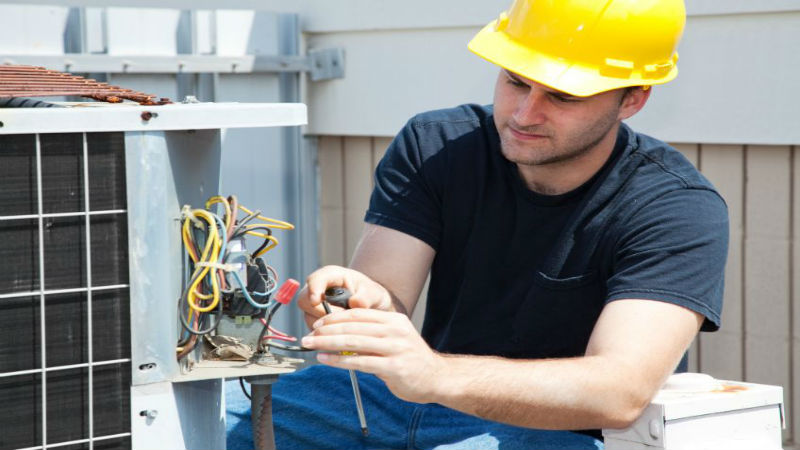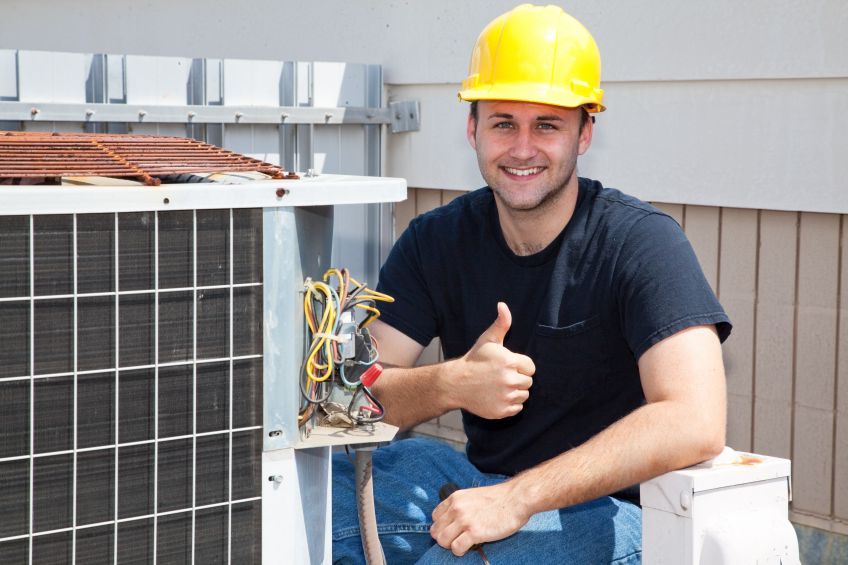Many people believe that keeping the door closed to an unused room can cut heating and cooling costs. However, although this may seem intuitively correct, it’s inaccurate. When a technician arrives to complete Furnace Repair in Appleton WI for customers, this person can explain why closing doors as well as vents does not work for energy efficiency.
The Theory and the Reality
The theory behind closing interior doors is that less square footage is heated and more heat is diverted to the rooms that are being used. What actually happens is heat being trapped in the ducts going to that room if the vents are closed. With the door not being open, air pressure is higher, forcing some of the warm air out from underneath the door. The system responds by struggling to draw in more heat from the register. If the equipment has to work harder, utility bills go up and the need for Furnace Repair in Appleton WI may become necessary sooner than would otherwise be the case.
Leaving Doors Open
The system has been designed to move air in the most effective ways possible. When a door is closed, the air does not circulate as intended. This is to be expected when people are sleeping and want their bedroom doors closed, but keeping doors closed all the time shouldn’t become a habit.
Having the doors open a little bit even while sleeping is advisable, though. It improves air circulation, which prevents the room’s air from becoming stagnant overnight. The improved air flow also should keep the warmth in the entire home at a more balanced level.
Not a Useful Strategy
These effects indicate why closing interior doors can actually cost the residents more on their heat bills. It’s one of those strategies that seems like common sense, but it has the opposite result from what is desired.
When furnace repair is required, the project can be completed by technicians from a company such as Bob’s Quality Heating & Cooling. These workers are happy to answer any questions the customers have about improving their energy efficiency. Contact us to schedule an appointment.


